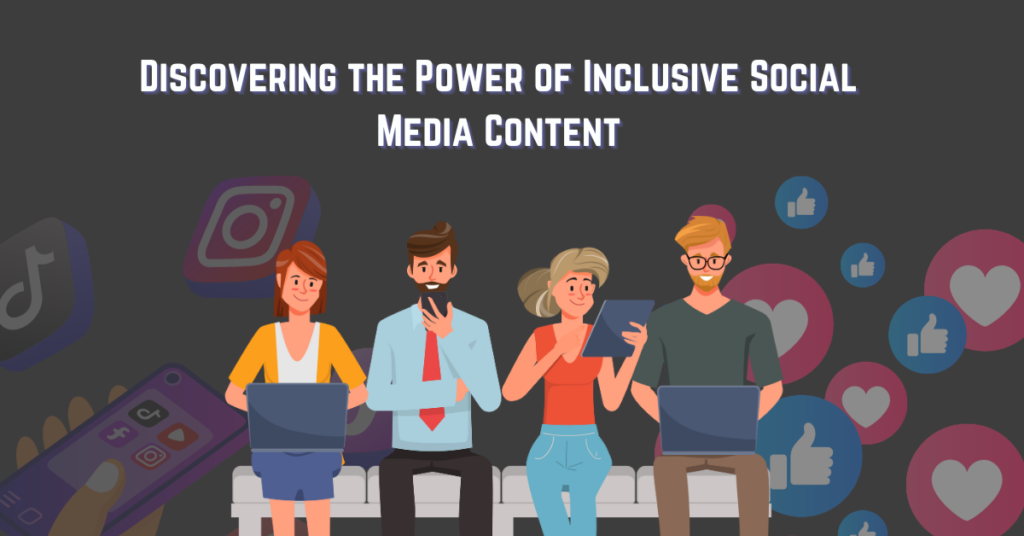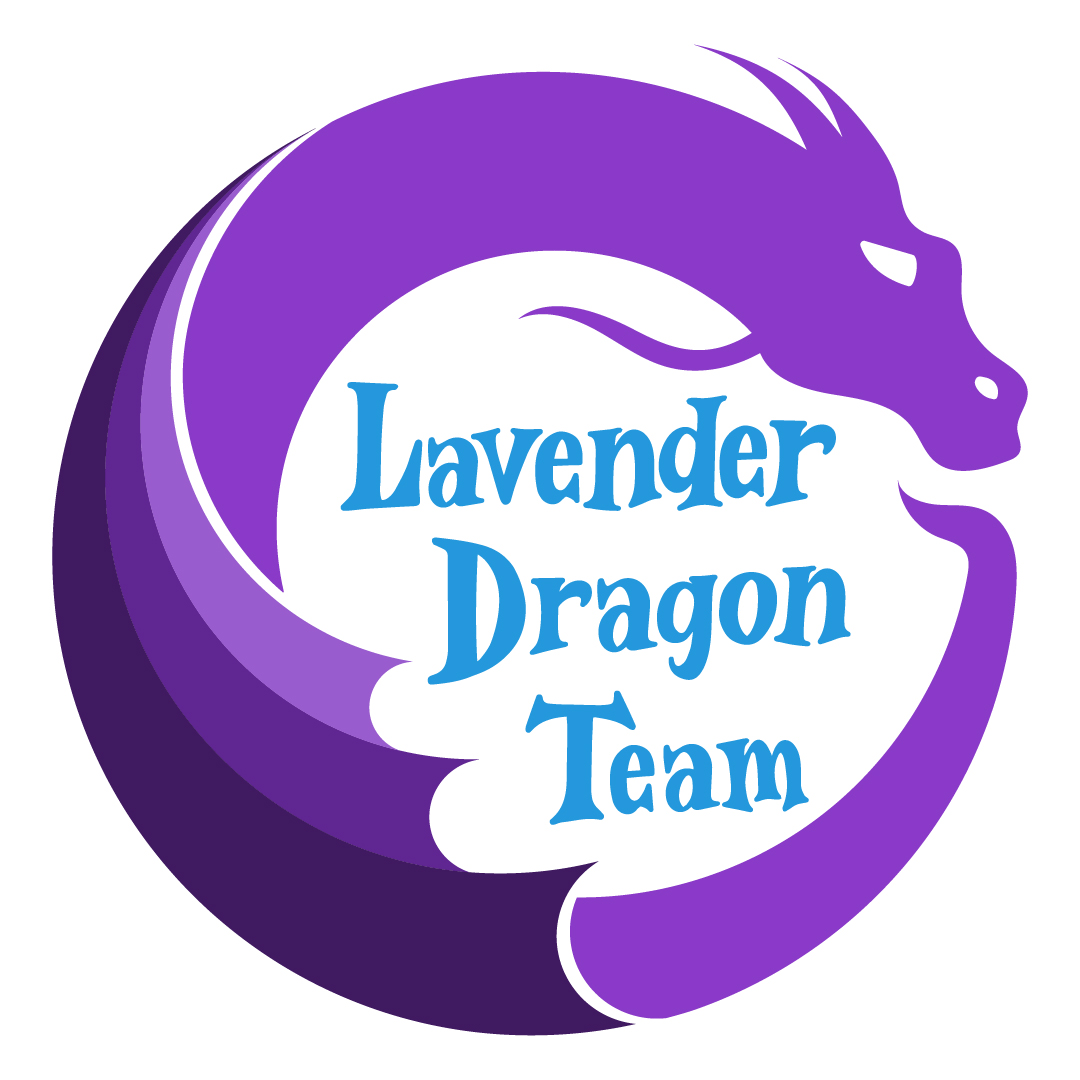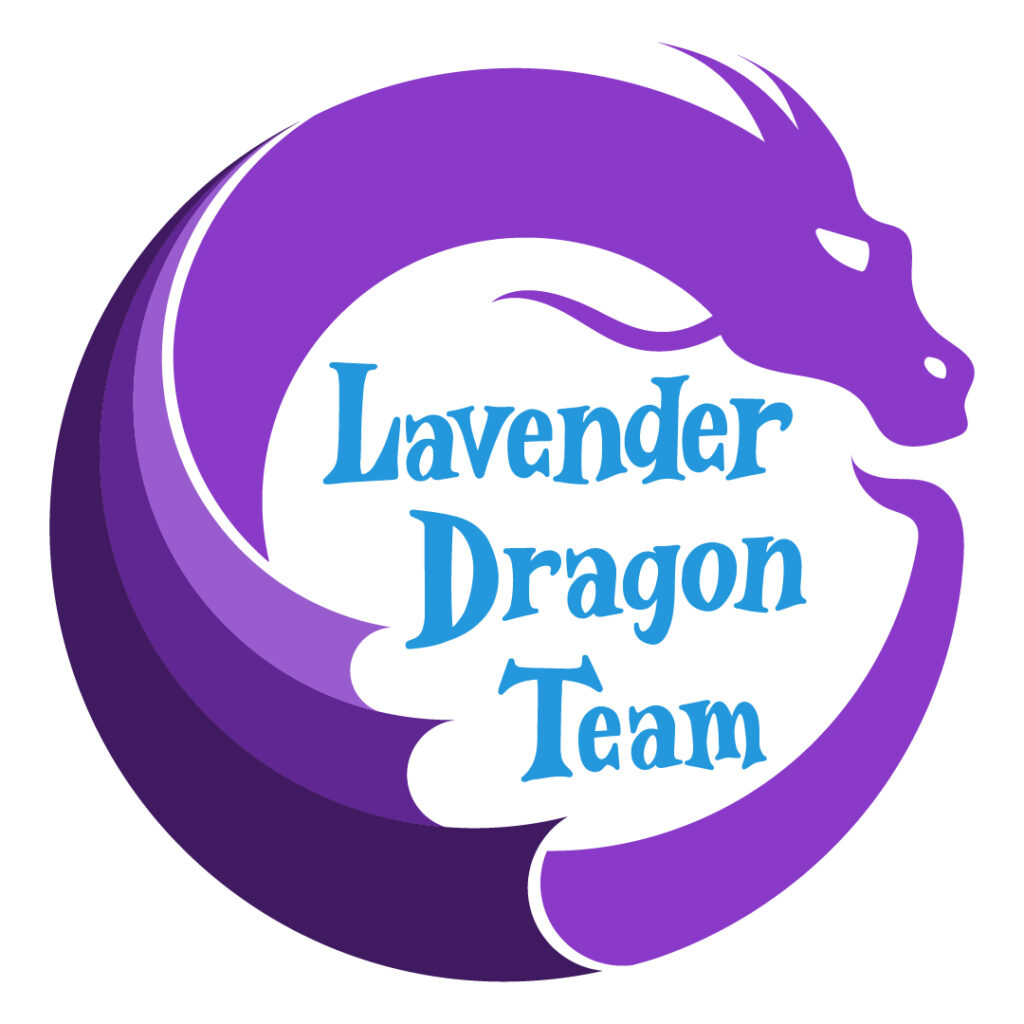
Introduction
Social media has become an integral part of businesses. Whether it’s connecting with customers, building a brand or increasing engagement, social media is a powerful tool. But in our quest for digital success, it’s important not to forget about inclusivity. Creating inclusive and accessible social media content is a critical step in making sure that everyone can benefit from your online presence.
Here are some tips to help you get started:
Section 1: The Art of Alt Text
Alt text is a small but mighty component of your social media content. It’s a description of an image that is read by screen readers, making your content accessible to people with low vision or loss of sight. When crafting your alt text, make sure to provide a detailed and accurate description of the image. This not only makes your content more inclusive, but also boosts your SEO efforts.
Section 2: Caption Your Videos for a Wider Reach
Captions can make all the difference for people who are deaf or hard of hearing. They provide a text-based version of the audio content in your videos, making them accessible to a wider audience. You can either manually add captions to your videos or use automated captioning tools like YouTube’s auto-captioning feature. By captioning your videos, you can increase your reach and show your commitment to inclusivity.
Section 3: Hashtags Done Right
Hashtags can help people find your content, but they can also be inaccessible if they are not descriptive. Avoid using vague or trendy hashtags that may exclude certain audiences. Instead, use hashtags that accurately describe the content of your post. This not only makes your content more accessible, but also helps you reach the right people.
Section 4: Beyond Color: Conveying Information Effectively
Colorblindness and other visual impairments can make it difficult to distinguish between different colors. Avoid using color as the only way to convey important information. Instead, use text or symbols to ensure that your message is accessible to everyone. This simple step can make all the difference for your audience.
Section 5: Speak Clearly and Concisely
Avoid using overly complex or technical language that may be difficult for some people to understand. Use clear and concise language that is easy to read and comprehend. This not only makes your content more accessible, but also ensures that your message is clear and effective.
Section 6: Audio Content Made Accessible
If you are sharing a podcast or other audio content, provide a transcript for people who are deaf or hard of hearing. Transcripts also make it easier for people who prefer to read rather than listen. By providing transcripts, you can make your content accessible to a wider audience.
Section 7: Ensuring Accessibility Across Your Website
Social media posts often link back to your website. Make sure that your website is accessible by following accessibility guidelines like the Web Content Accessibility Guidelines (WCAG). By ensuring accessibility across your website, you can create a more inclusive online community.
Section 8: Language Matters
Avoid using language that is derogatory, discriminatory, or offensive to any group of people. Use inclusive language that reflects your commitment to diversity and inclusion. This not only makes your content more accessible, but also shows that you value and respect all people.
Section 9: Prioritizing Accessibility
Creating accessible social media content is not only the right thing to do, it’s also good for business. By making your messaging inclusive, you can reach a wider audience, increase engagement, and promote a positive brand image. By following these tips and prioritizing accessibility in your social media content, you can create a more inclusive and accessible online community for everyone.
READ: The Power of Universal Design for Learning in Creating Inclusive Classrooms

